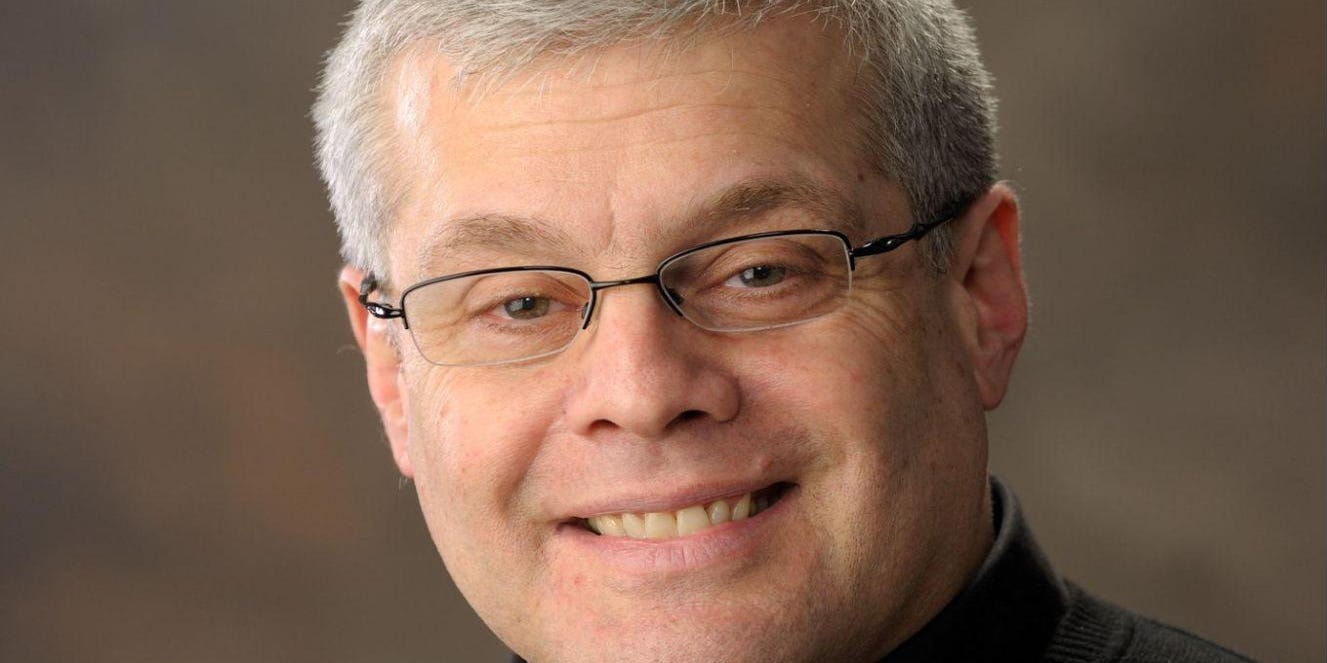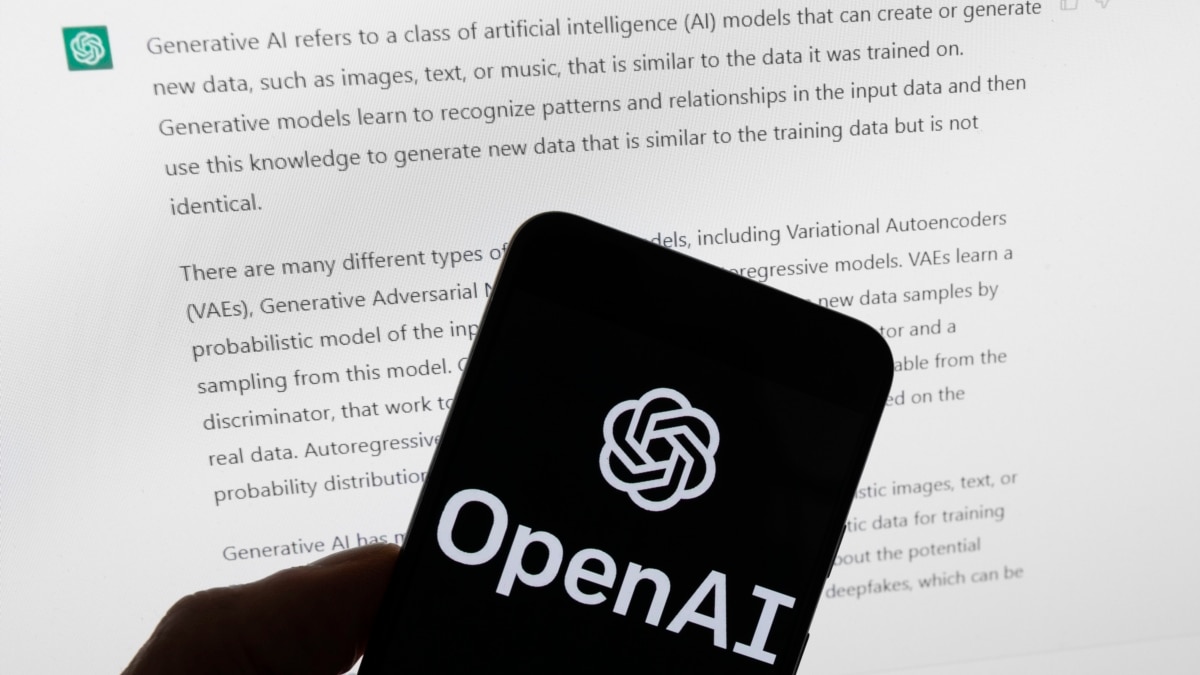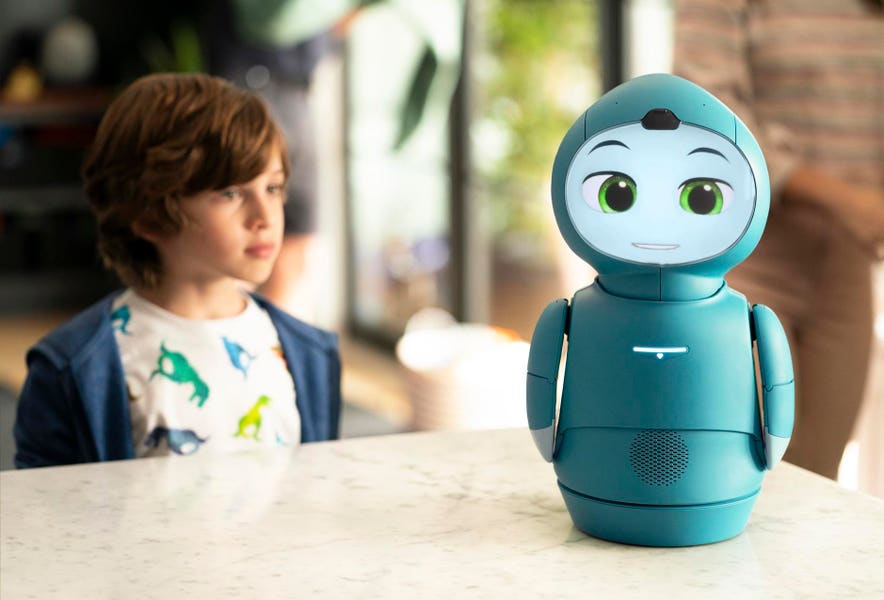The higher education system in the United States is currently facing three significant challenges. Firstly, there is a decrease in enrollment as both students and parents question the value of a university degree. Secondly, the COVID-19 pandemic has led to a surge in popularity of online and distance learning. Lastly, the emergence of generative AI and other technologies has made theoretical knowledge more accessible to a wider audience, putting pressure on the traditional higher education system to adapt to these changes.
David E. Goldberg, a renowned AI scientist and advocate for educational reform, points out that the foundational structure of modern universities is over 900 years old and is in need of modernization. This structure traces back to the establishment of the University of Bologna in Italy in 1088, during the period when scholars were rediscovering the lost knowledge of the Roman Empire. Universities were initially designed as communities of experts focusing on knowledge and theory, with less emphasis on practical application. This model, known as ‘technical rationality,’ was critiqued by Donald Schoen in 1983, who advocated for a shift towards a more practice-oriented approach known as ‘reflection-in-action.’
In his 2023 book, A Field Manual for a Whole New Education: Rebooting Higher Education for Human Connection and Insight in a Digital World, Goldberg presents solutions based on his extensive experience as an educator and co-founder/co-director of the Illinois Foundry for Innovation in Engineering Education (iFoundry) at the University of Illinois at Urbana-Champaign.
Goldberg outlines five key shifts that are necessary to bring about substantial change in the higher education system:
Schoen’s Shift
Moving away from technical rationality towards a practice that involves conversational skills, known as conversation-in-action, which enables practitioners to engage effectively with their clients through skills like noticing, listening, and questioning (NLQ).
Brain-on-a-stick Shift
Recognizing the importance of emotions and embodiment alongside theoretical knowledge in the practice, acknowledging that human practitioners possess emotional intelligence and physical experiences that AI lacks.
Wittgenstein’s Shift
Emphasizing the creative and transformative power of language in practice, inspired by Ludwig Wittgenstein’s view that language is not merely descriptive but has the ability to shape our reality.
Little Bets Shift
Encouraging a mindset that embraces uncertainty and experimentation, using small bets and Sarasvathy’s effectuation theory to navigate through uncertain environments with limited knowledge.
Co-Contrary Shift
Acknowledging the complexity of problems and the need to balance opposing forces or polarities, such as teamwork and individual work, to approach problem-solving in a more nuanced and comprehensive manner.
Goldberg highlights that these shifts are interconnected and should be integrated with the existing skills taught in traditional higher education. By incorporating these shifts into learning, students can develop a holistic set of skills that combine theoretical knowledge with practical application, giving them a competitive edge over AI, which lacks the human touch and intentionality.
Goldberg emphasizes that these shifts are crucial to revamp the higher education system and equip students with skills that differentiate human capabilities from AI. By focusing on what humans excel at, such as critical thinking, emotional intelligence, and adaptability, students can prepare themselves for the future job market and societal needs.










